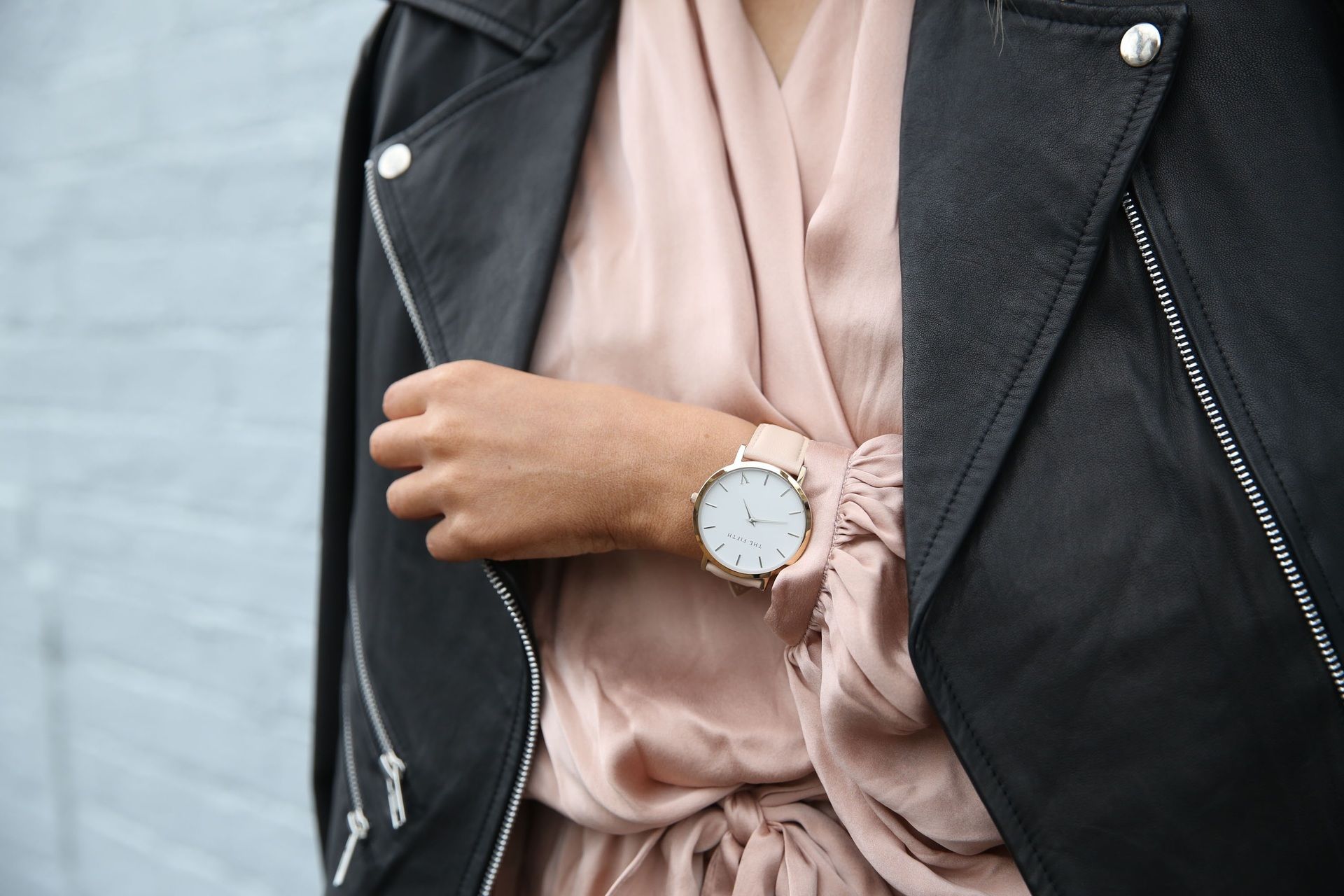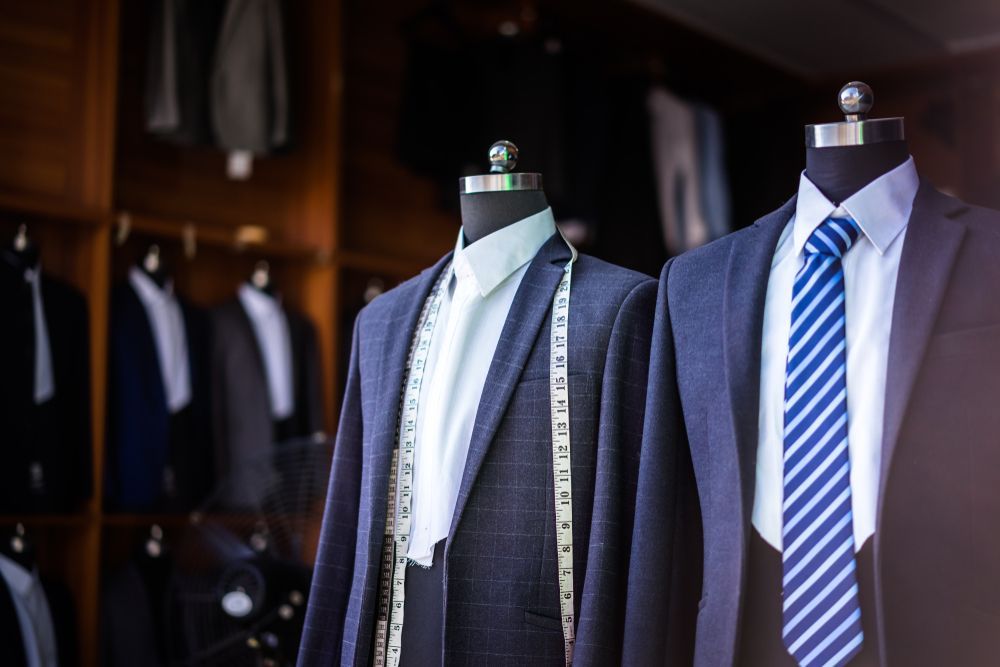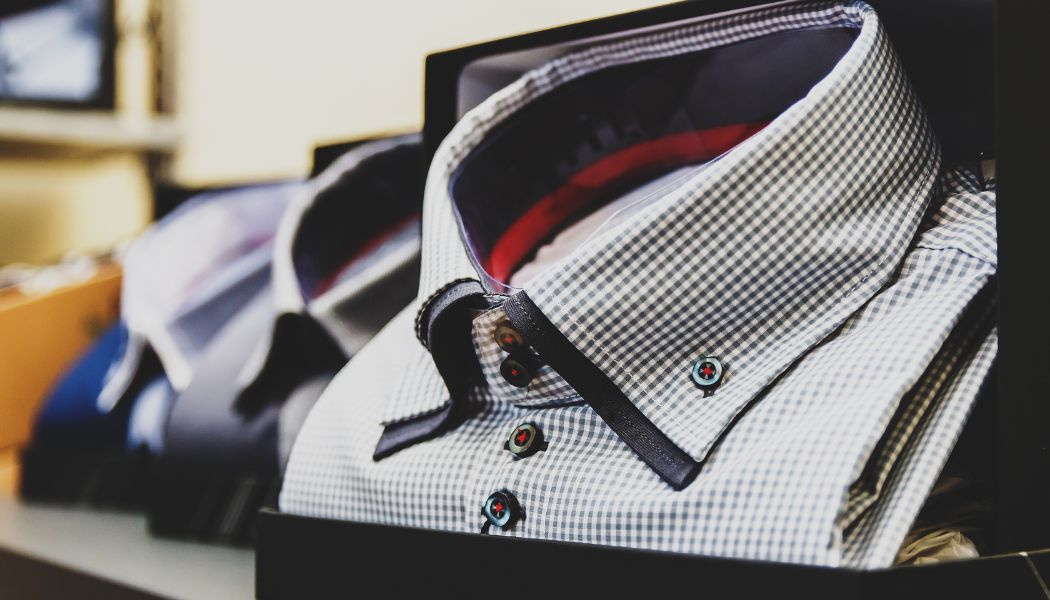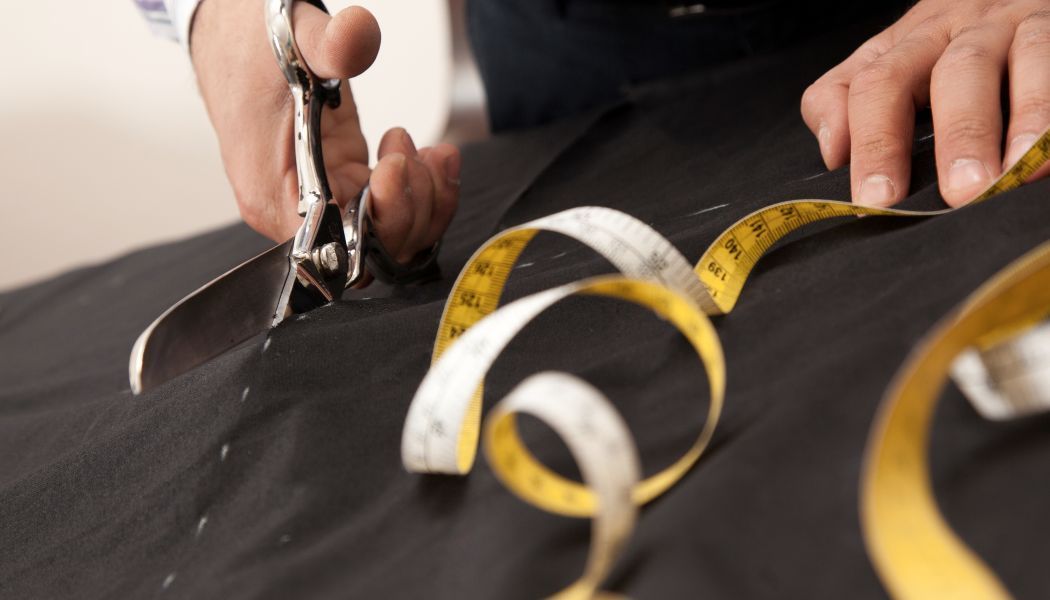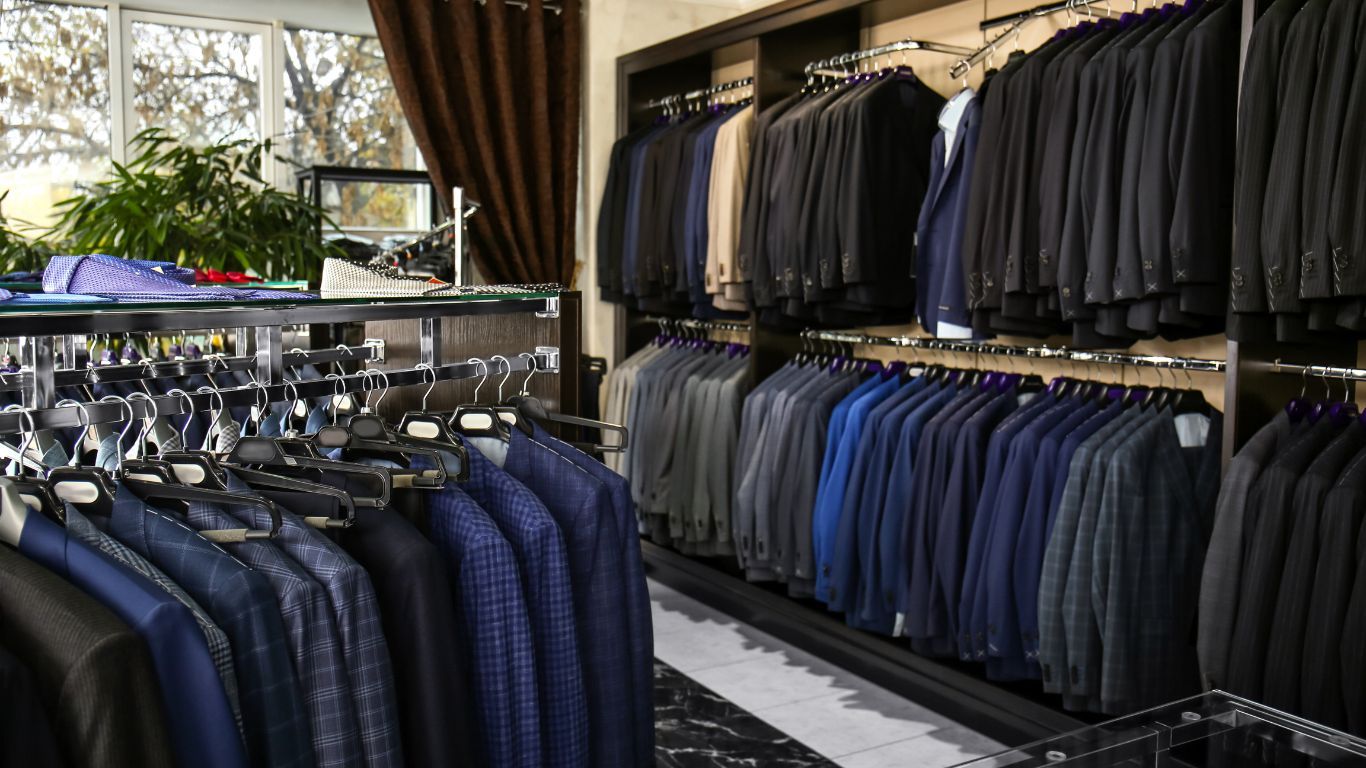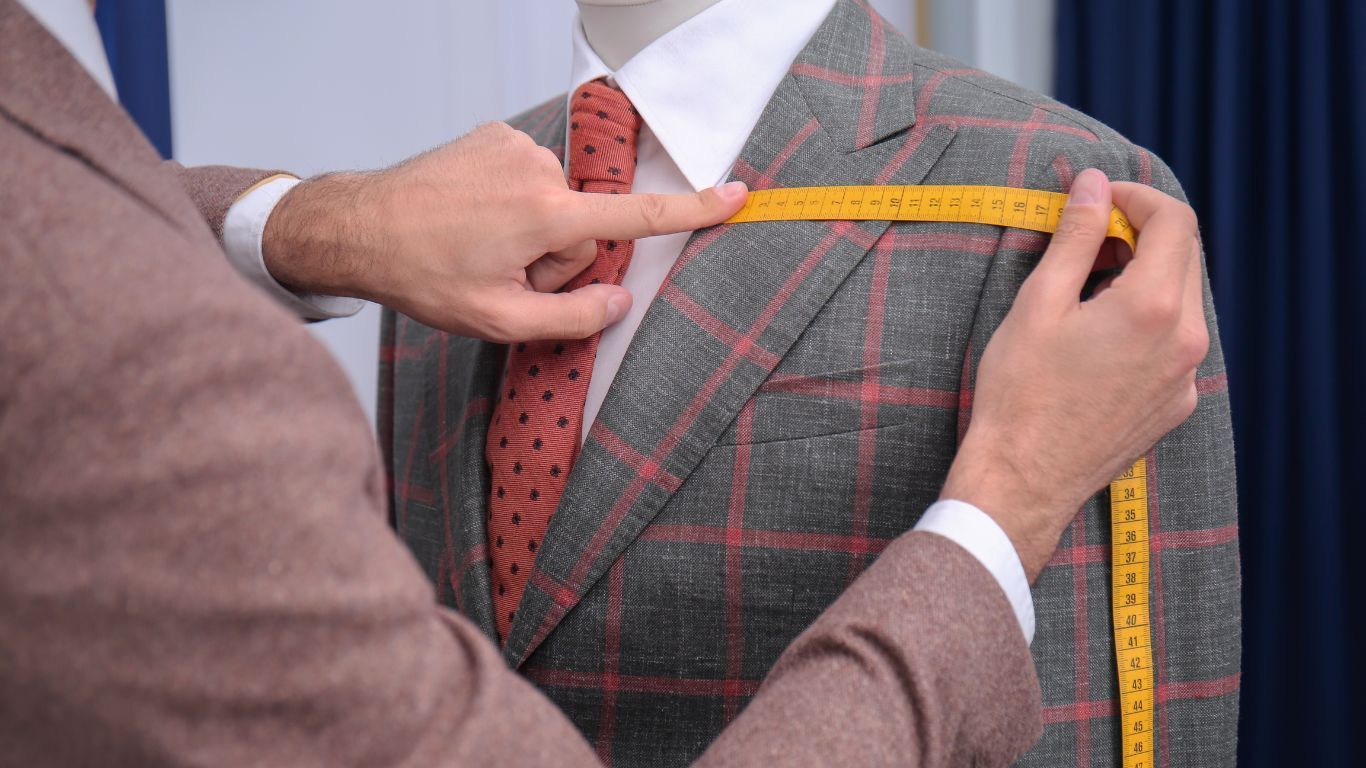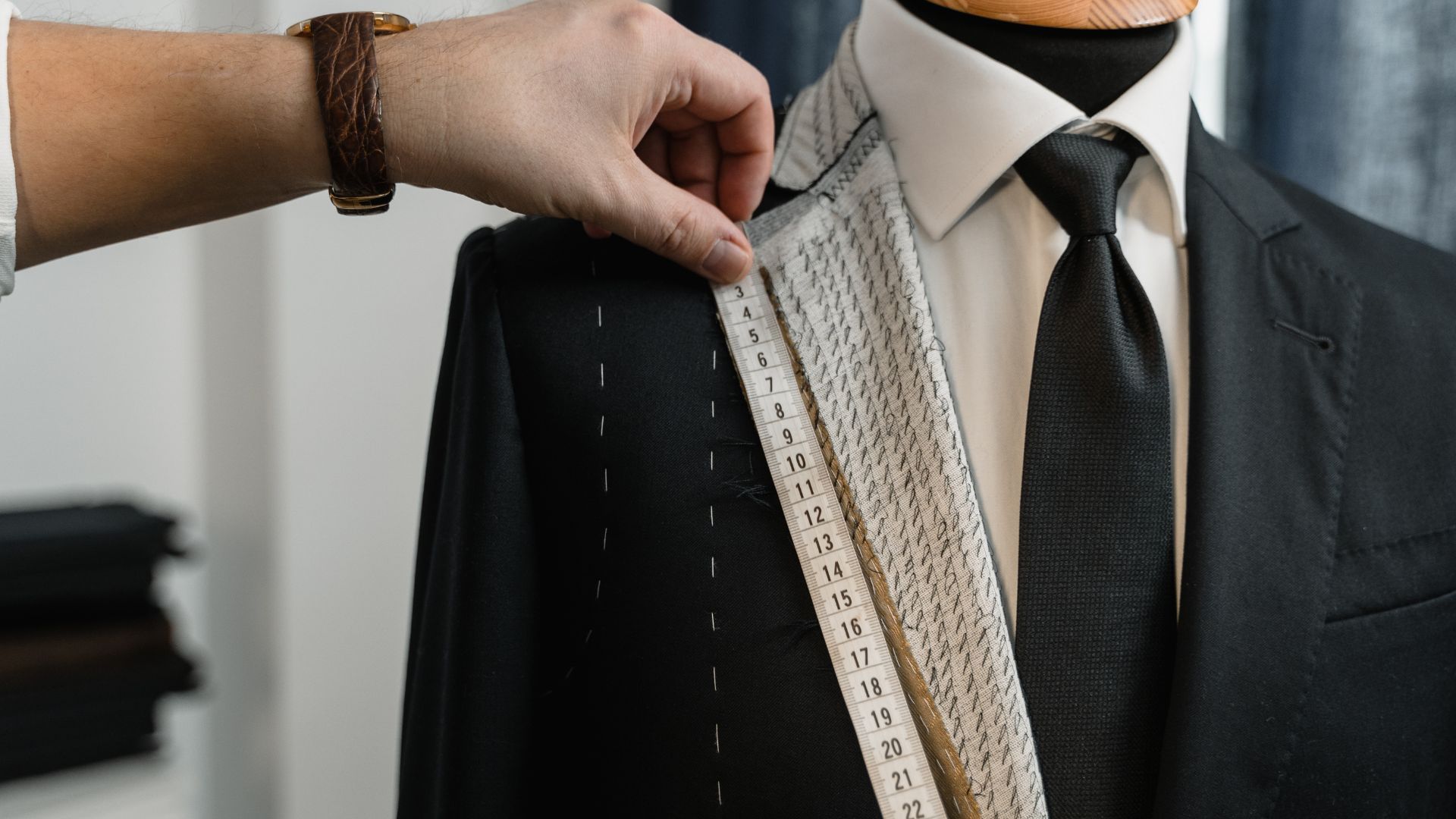How and when should you wear a tie?
Ties continue to be an essential accessory in a man’s wardrobe. They can add a level of elegance, formality, and personality to any look, no matter your personal style. However, the rules about style and formality in both work and social settings are rapidly changing, so it can be hard to know when you should and shouldn’t wear a tie.
What should you wear a tie with?
A key aspect regarding ties begins with what you should be pairing them with. Dressier looks such as suits, and sport coats are options that you can, and should be wearing a tie with. For more of a casual look, you can wear your tie with a bomber jacket, levelling up your look. If you are wearing a tie, it is important to always pair it with a jacket to complete your outfit.
When should you wear your tie?
Even as our society becomes more casual, we still believe there are plenty of occasions when you should wear a tie, including:
1. To an office with a formal dress code:
Although many offices have forgone the shirt and tie expectation, business formal is still a rule in some offices, especially in fields such as finance, law, or government. Business casual dress codes tend to lead more on the casual side; however, a tie can be appropriate given the right scenario.
2. To a special occasion at work: If you don’t have to wear a tie at work, consider bringing it out for certain situations, such as meetings with clients, or a presentation to your colleagues. Ties offer a subtle sign of respect and professionalism.
3. To a fancy restaurant: Going to a fine dining restaurant on a special occasion is a great opportunity to dress up. Some fine dining establishments require you to wear a tie, so it is best to be prepared rather than getting turned away from the entrance.
4. To a wedding:
Weddings are the perfect time to dress up your suit with a tie. Keep your outfit simple and add a nice tie to add some flair to your look. If the dress code is ‘formal’, ‘cocktail attire’, or ‘black tie’, it often calls for a suit and a tie.
5. To a funeral:
To show respect to the deceased and their loved ones, a dark suit, paired with a plain white dress shirt, and a dark tie is most appropriate.
At Pascalis Bespoke Tailoring, it is important to us that you know how to style your bespoke or
made to measure suits, including taking your outfit to the next level with a stylish tie. We have a range of accessories available in store, give us a call on 9231 1211 to book a consultation with us today.

